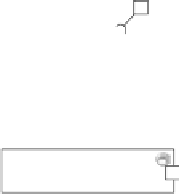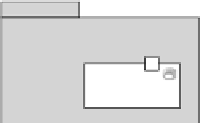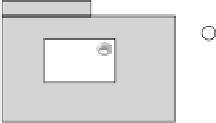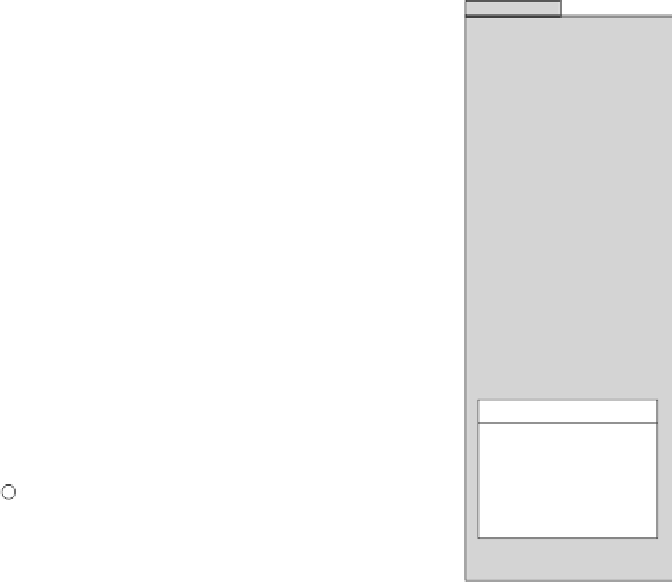Information Technology Reference
In-Depth Information
ApplicationObjects
DataMgmtObjects
Corporation
DataMgmt
BusinessFunctions
ICorporationMgmt
IUserOps
User Operations
«focus»
CorpMgmt
iUser2Corporation
iUserOps
iUser2Orders
0..*
IUserMgmt
«dataType»
CustomerCompany
iTrader
iTransaction
0..*
IPersonInfo
ITrader
ITransaction
«dataType»
User
ICourierOps
Courier
Operations
iCourier2Order
iCourierOps
RepairOrder
DataMgmt
iTrader
ITransaction
iTransaction
«focus»
RepairMgmt
ITrader
IManufacturerOps
iOrders
0..*
0..*
Manufacturer
Operations
iManufacturerOps
iManufacturer2Order
«dataType»
RepairOrder
«dataType»
RepairAction
IRepairOrderMgmt
iTrader
ITransaction
iTransaction
iStockMan
ITrader
RepairCentreStaff
Operations
iRepairOps
IStockMgmt
iRepair2Order
iStock
iTrader
ITransaction
iTransaction
Stock DataMgmt
ITrader
«focus»
StockMgmt
«dataType»
SIM
0..*
ODP Functions
AdminFunctions
0..*
0..*
ITransaction
ITransaction
ILogin
ITrader
Login
Function
ITrader
«dataType»
Memory
«dataType»
Handset
iCorp
iLogin
Transaction
Mgmt Object
Trader
Object
....
IPersonInfo
FIGURE 4.7: Refining the architecture by showing the operation interface
signatures for the computational interfaces.
explicit at this level the internal classes that provide the core logic of some of
the components and the main data types that they use.
The structure and contents of the data types representing the informa-
tion managed by the computational objects are specified in the DataTypes
package, which is shown in figure 4.8. These data types are derived from the
corresponding information object types (which in turn came from the enter-
prise artefacts, roles and objects). However, this is not simply a matter of
copying the model elements concerned. The types do not need to be exactly
the same as in the other viewpoints, since refinement or abstraction may be
involved. For instance, some additional information has been added in this
viewpoint to store usernames and passwords of customers and other stake-
holders. Identifiers have also been added to simplify object reference.
Just as in other viewpoints, computational objects introduced in the early
stages of the design can later be rewritten as smaller computational objects (by
refinement or decomposition), or combined with other computational objects
to form a larger computational object (composition). These mechanisms allow



































































